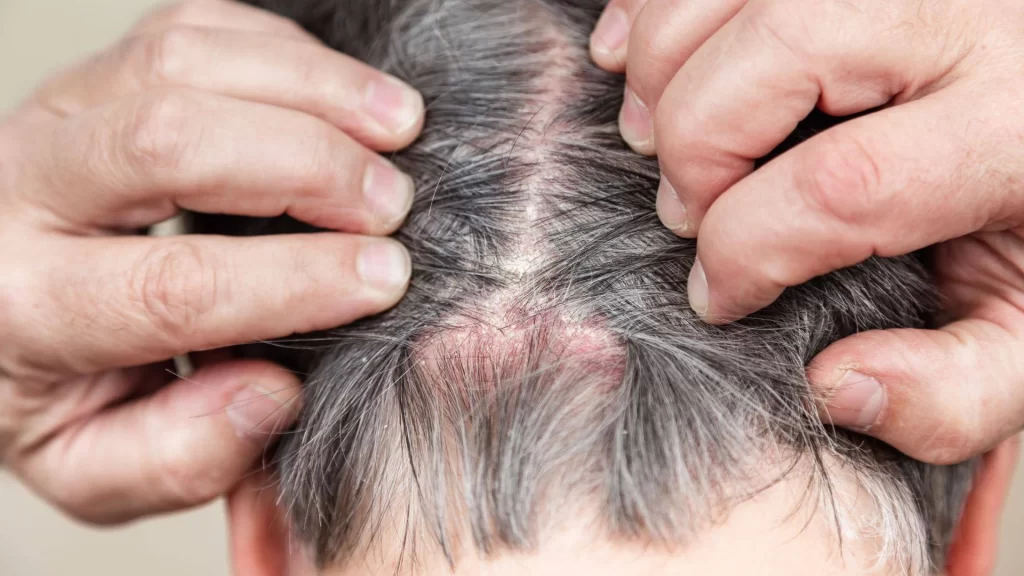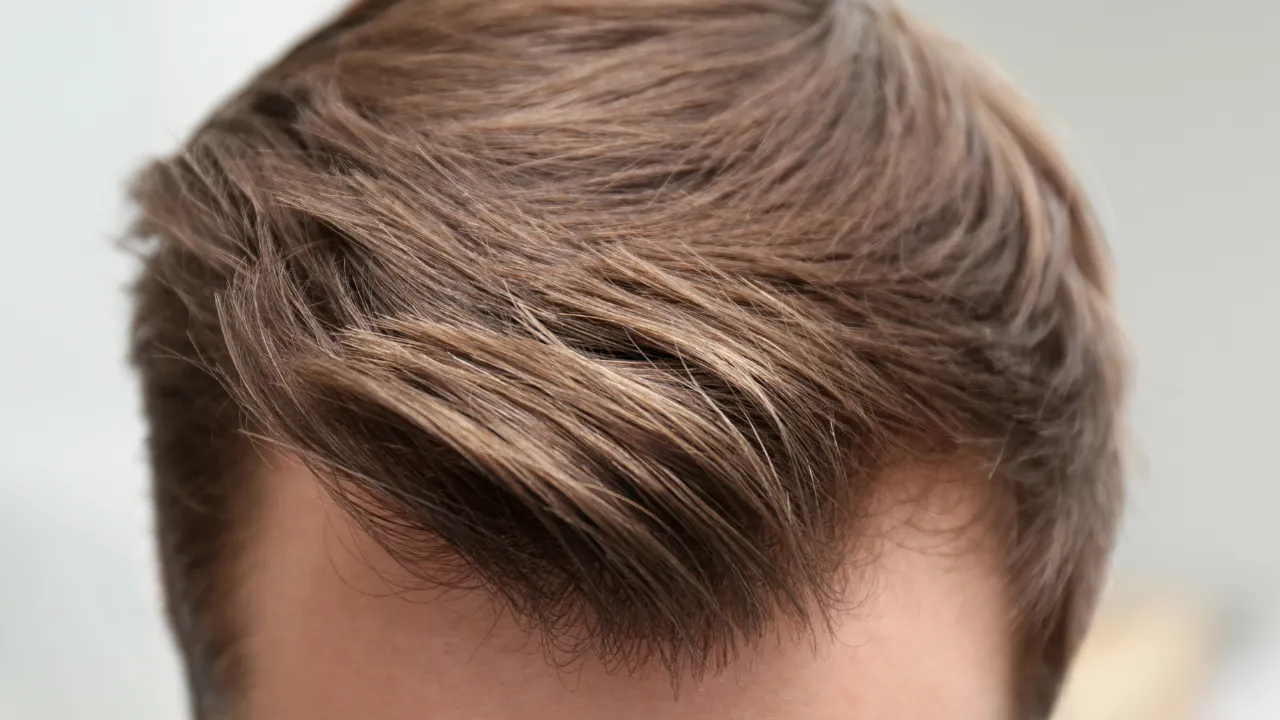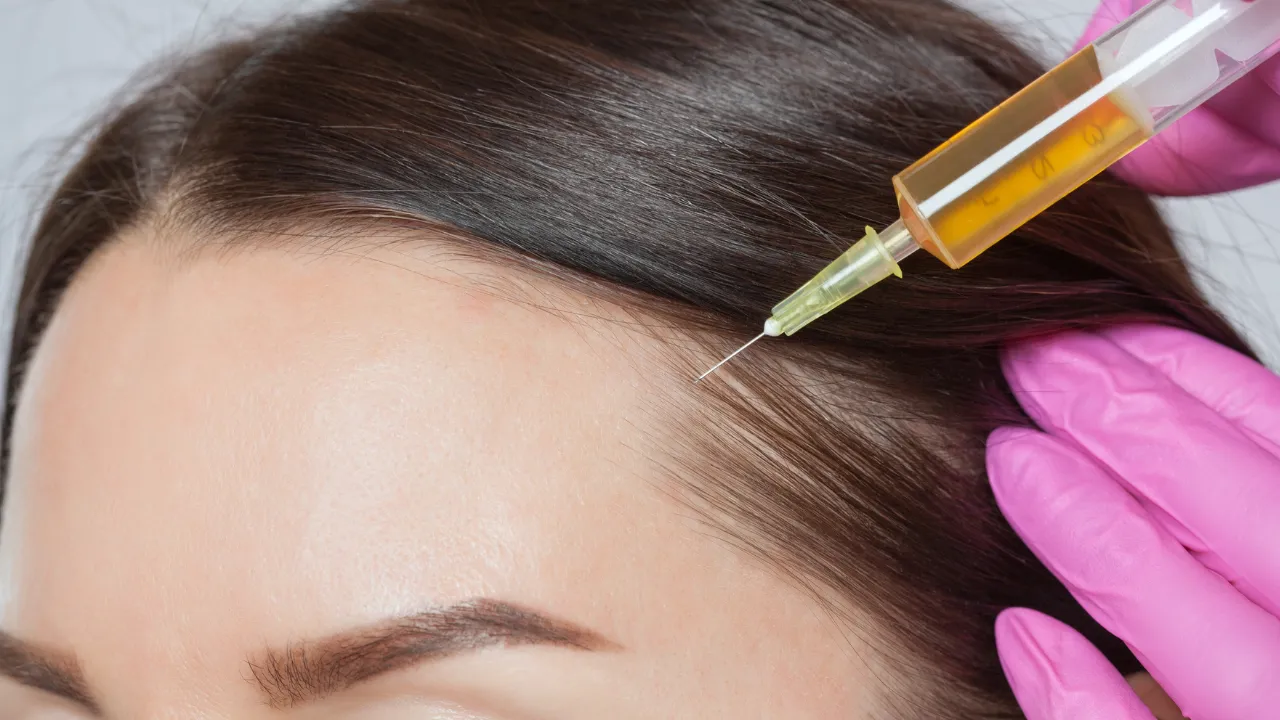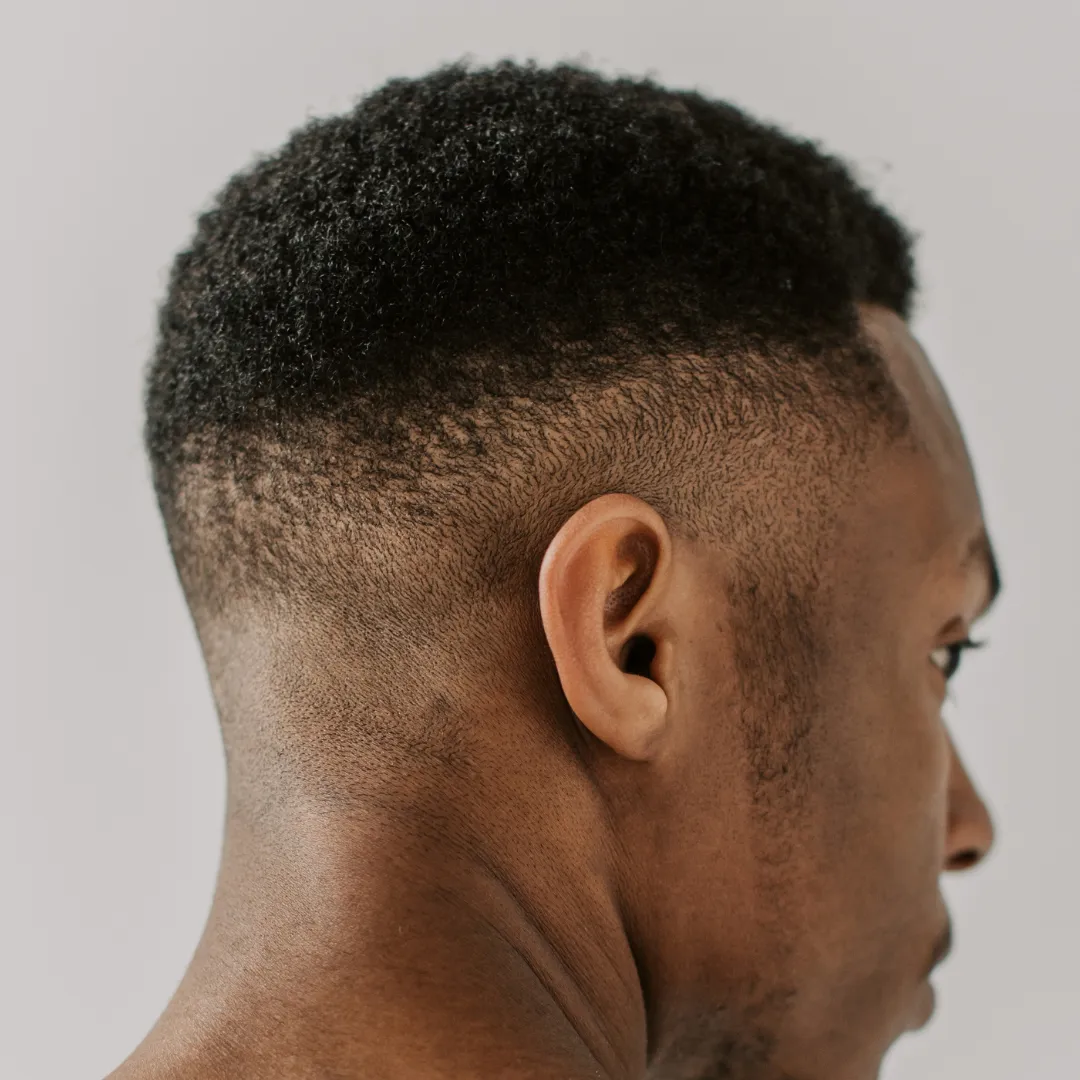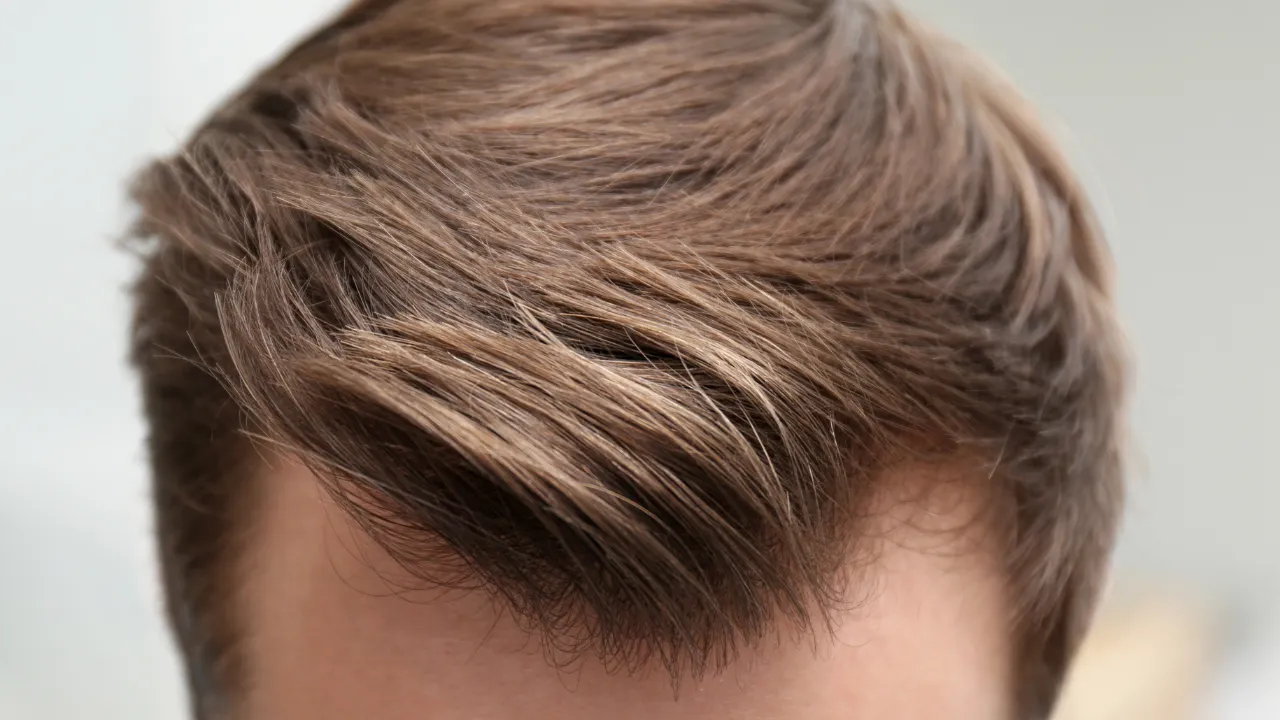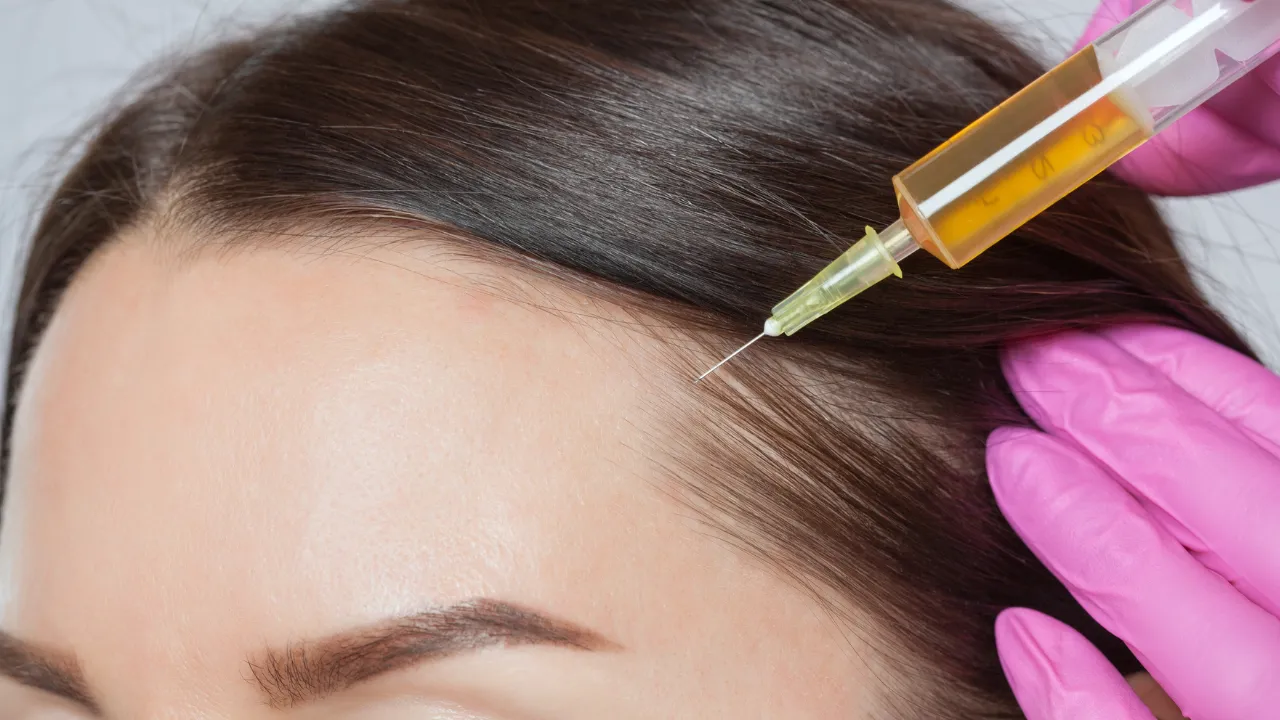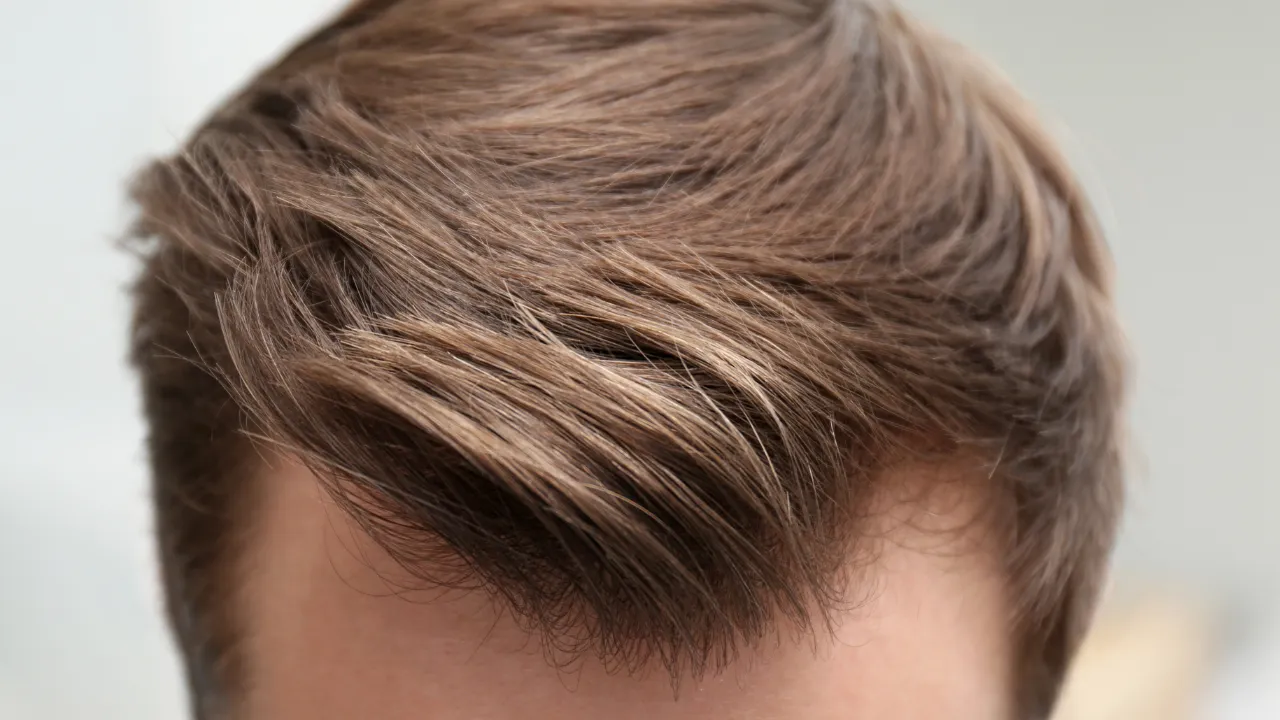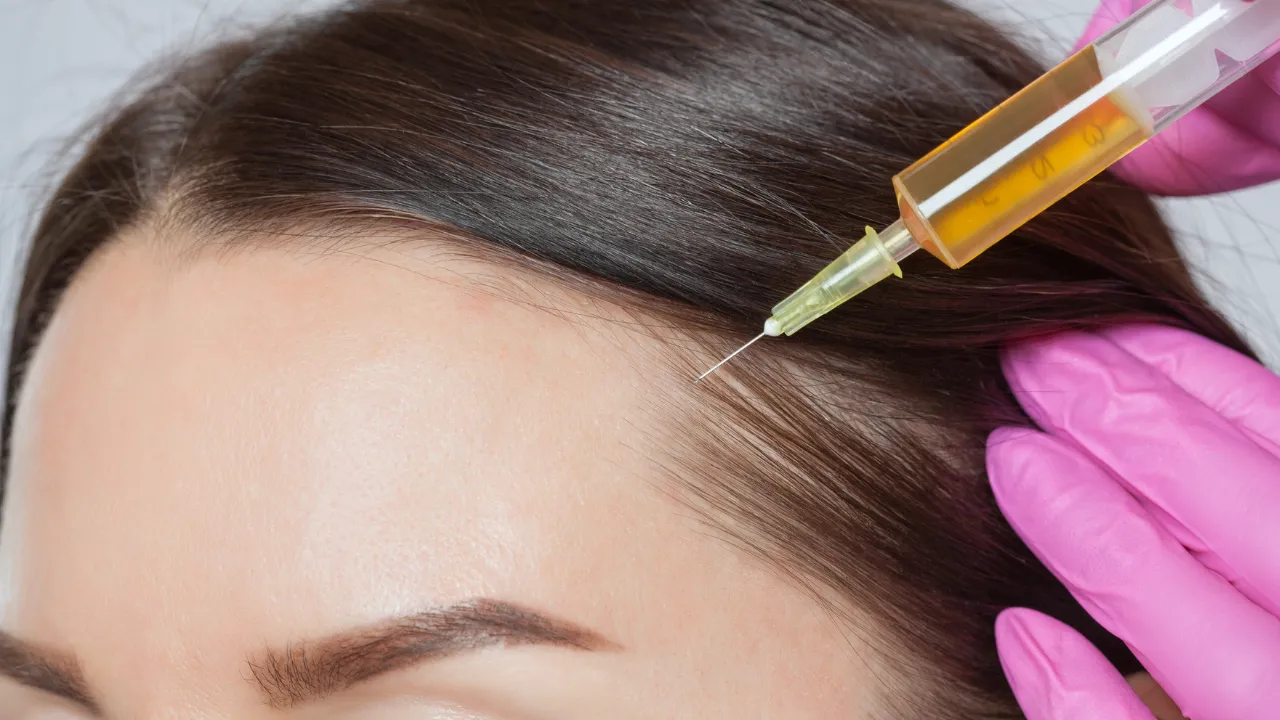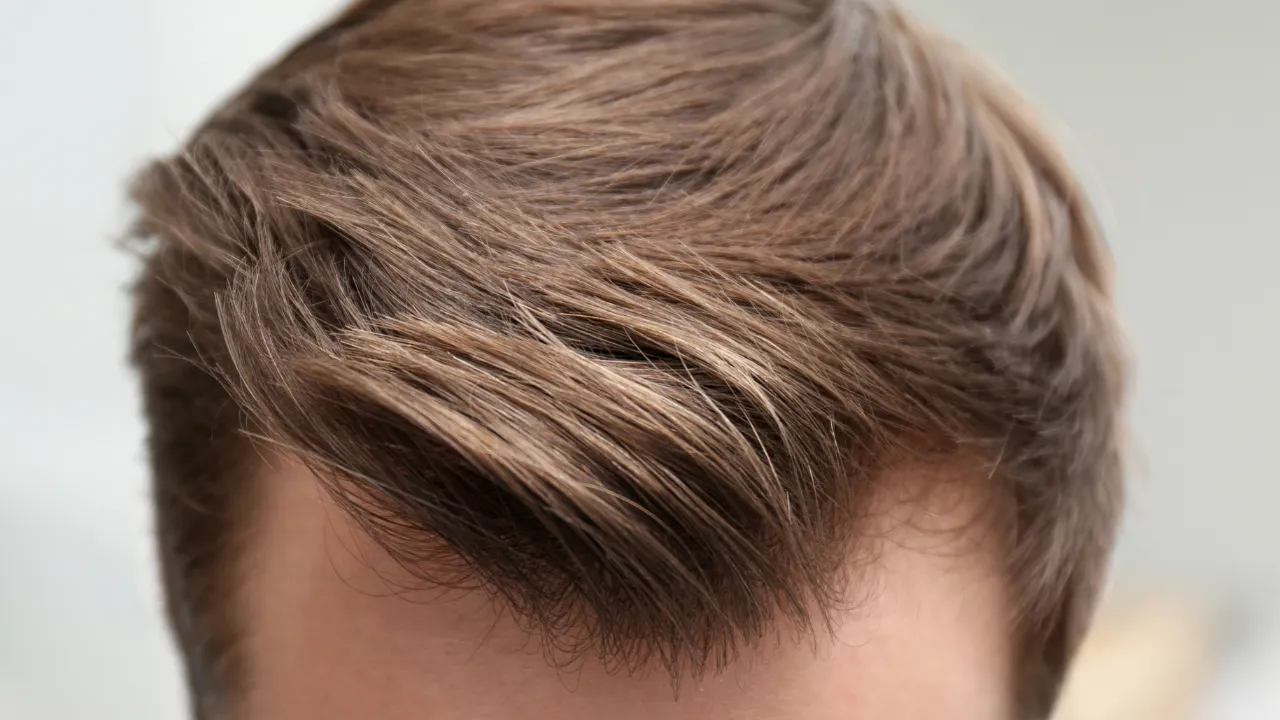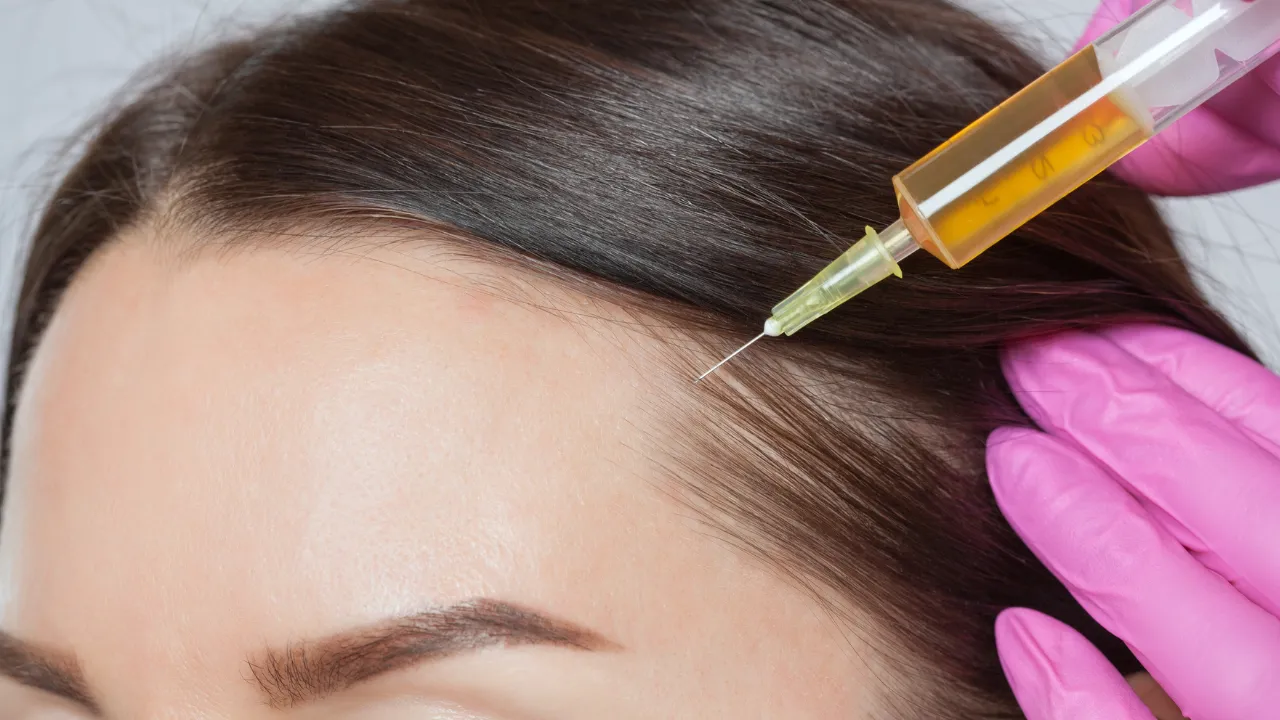Table of Contents
ToggleAt Kopelman Hair, we help patients overcome complex hair concerns with advanced solutions rooted in decades of experience. One frequent issue we see is alopecia fungal infection, a condition where certain fungi disrupt healthy hair growth and cause visible hair loss.
Understanding its causes, symptoms, and treatment options is essential for protecting your hair and scalp health.
Key Takeaways
- Fungal infections, such as ringworm of the scalp, can cause patchy hair loss; however, early diagnosis and proper treatment often lead to full regrowth.
- Different fungal species require specific medications, and identifying the exact type helps doctors choose the most effective therapy.
- Symptoms such as scaling, redness, and broken hairs distinguish fungal alopecia from other conditions, including seborrheic dermatitis or autoimmune diseases.
- Preventing fungal infections involves maintaining good hygiene practices and avoiding the use of shared personal items, while also checking pets as a possible source.
- Prompt medical care from specialists like Dr. Kopelman can improve the prognosis and reduce the risk of permanent hair loss due to scarring.
Understanding Alopecia Fungal Infection
What Causes Fungal Hair Loss?
Alopecia fungal infection occurs when fungi invade the scalp, damaging hair shafts and causing hair shedding.
Can fungal infection cause hair loss? Yes, these organisms attack hair follicles, disrupting growth and often leaving visible gaps in the hair. In many cases, fungal overgrowth leads to hair loss that can become widespread if untreated.
Common organisms like Trichophyton tonsurans and Microsporum audouinii thrive in warm climates, and untreated infections worsen hair loss and spread to others. Fungal infections represent one type of scalp infection, which can also involve bacteria or viruses.
Individuals with a weakened immune system are more susceptible to severe infections because their bodies struggle to combat fungal growth. Dr. Kopelman emphasizes fast diagnosis and intervention to preserve hair health and prevent complications.
Types of Fungal Alopecia
Fungal alopecia affects hair and skin in varying ways. The most common form, ringworm of the scalp, creates round bald spots, scaling, and redness. Other types include alopecia barbae, a fungal infection affecting facial hair.
Sometimes, fungal infections resemble conditions like alopecia areata, an autoimmune disease, making diagnosis challenging.
Symptoms and Diagnosis
Signs of Fungal Infection Hair Loss
Fungal infection hair loss often starts as patches of hair loss with scaling, redness, or black dots where hair breaks off. Unlike genetic causes, fungal infections trigger inflammation and discomfort.
Other scalp conditions, such as seborrheic dermatitis, can appear similar but rarely cause significant balding areas. Early recognition prevents scarring and permanent damage.
Photos showing typical scalp changes help patients seek medical help rather than dismiss symptoms as dandruff. It’s important to understand that hair loss occurs because fungi attack hair shafts directly. Knowing the differences ensures proper treatment and faster recovery.
Microscopy and Diagnostic Tests
Doctors diagnose alopecia fungal infection using exams such as KOH preparation, where hair or skin samples are examined under a microscope to reveal fungal elements.
Some fungi glow under a Wood’s lamp, while cultures identify specific species. Knowing the type of fungus guides treatment decisions and predicts recovery time. Dr. Kopelman emphasizes the importance of precise diagnosis in avoiding ineffective treatments.
Treatment for Fungal Infection Hair Loss
Medical Treatments for Fungal Hair Loss
Treating fungal alopecia often involves antifungal medication prescribed by specialists. Oral medications like terbinafine or griseofulvin target specific fungal species.
For example, Trichophyton infections respond well to terbinafine, while Microsporum infections may require griseofulvin. Addressing infections quickly improves the outlook prognosis and prevents scarring.
Topical solutions and shampoos with ketoconazole or selenium sulfide also help reduce fungal growth and reduce inflammation. At Kopelman Hair, we suggest combining topical and oral treatments for better results.
Dr. Kopelman stresses that personalized plans are crucial for full hair regrowth.
Scalp Fungus Treatment Home Remedies
Some people try natural remedies like tea tree oil or apple cider vinegar for mild infections. While these might offer relief, they can’t replace prescription treatments for serious infections.
Always check with a doctor before using only home remedies. Persistent hair loss deserves medical evaluation and professional care.
Fungal Infection Hair Loss Recovery Timeline
Most fungal infections begin to improve within four to eight weeks of starting therapy, although hair may take longer to regrow completely. Mild cases resolve without visible changes, while severe infections can leave scars and bald spots that persist.
Even after an infection clears, hair follicles may require additional time to recover. Dr. Kopelman advises patients to follow treatment plans closely to ensure the best outcomes.
How Contagious Is Fungal Scalp Infection?
Fungal infections spread through shared items like combs or hats, especially in schools or gyms. Pets can also transmit fungi to humans. Avoiding shared tools and checking animals for skin problems helps reduce the chance of an infection of the scalp.
Dr. Kopelman emphasizes the importance of proper hygiene to protect families and communities from the spread of infections.
Prevention and Long-Term Care
Hygiene and Lifestyle Tips
Good hygiene practices lower the risk of fungal infection hair loss. Keep the scalp clean and dry, avoid sharing personal items, and wash linens regularly. At Kopelman Hair, we stress that small changes in routine can greatly reduce infection risks.
Preventing Scarring and Understanding Hair Loss Types
Some fungal infections cause scarring alopecia, resulting in smooth, bald patches where hair may not regrow. Non-scarring infections often allow full recovery once treated.
It’s important to distinguish these types because scarring means permanent follicle loss. Dr. Kopelman explains that early treatment significantly reduces the risk of scarring and preserves hair density.
How to Avoid Recurrence
After treatment, continue antifungal shampoos if advised and check pets for infections. Stay alert for new bald patches or changes to your scalp. Fast action prevents a cycle of fungal infection and hair loss from returning. Following up with your dermatologist ensures long-term hair health.
FAQs About Alopecia Fungal Infection
Other Causes of Hair Loss
Can Viruses Cause Hair Loss Too?
Besides fungal infections, viral illnesses such as shingles or COVID-19 can also cause hair loss. Viral hair loss typically presents as widespread thinning rather than localized patches.
Recognizing viruses that cause hair loss helps doctors choose the right treatment. Understanding these causes helps patients protect their hair health.
Viral vs Fungal Hair Loss Explained
Hair loss and fungal infection cause visible patches, redness, and scaling, while viral hair loss typically involves diffuse shedding without skin changes. Knowing the difference guides appropriate treatment plans.
Dr. Kopelman emphasizes that proper diagnosis helps patients avoid unnecessary worry and start effective care quickly.
References and Further Reading
For more details, explore reputable medical resources:
- DermNet NZ – Tinea Capitis
- American Academy of Dermatology – Hair Diseases
- CDC – Fungal Diseases
- Cleveland Clinic – Dermatology Health Topics
- Journal of the American Academy of Dermatology
These references reinforce knowledge about alopecia caused by fungus and related scalp issues. Dr. Kopelman recommends relying on trusted medical information to support hair health decisions.
If you’re experiencing hair loss or scalp concerns, schedule a consultation with Dr. Kopelman and our team at Kopelman Hair to discuss personalized solutions for restoring your hair and confidence.


